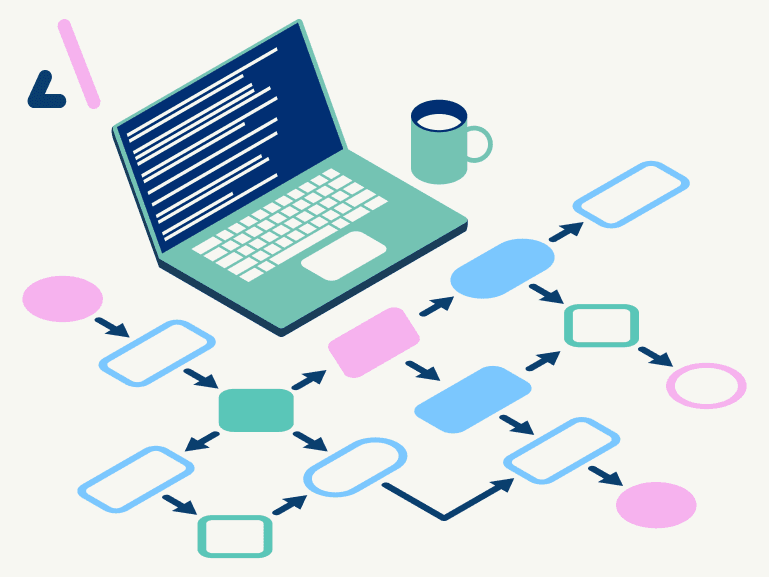
Project Alchemy: Using Flexible Methodologies
Written by: Matt Zieger, COOFor the better part of the last 20 years proponents of traditional waterfall based project management and those who believe in the virtues of agile have been at odds within digital delivery channels. Agile transformations of the 2010s were big business as the (for profit) organizations that provide professional certifications sought to outdo each other by boasting of the benefits of their approach above all others.
While ardent supporters of both project approaches sit at their desks with motivational posters behind them from The Mandalorian proclaiming “this is the way,” the truth is that the majority of digital marketing, Ecommerce, and other corporate executives do not care about the tactical nature of project management approaches. At All. Not Even a little.
There are valuable processes, techniques and documents found in all project management methodologies, but for digital leadership the goal is simply to get things done. Which means that for the delivery team there are no participation trophies. If you follow agile perfectly, or hit every PMI benchmark but deliver late, wrong or over budget, you fail.
Luckily, this situation is easily avoidable. In order to prevent yourself from falling into this trap, delivery leadership, consultants and partners should always strive to be flexible and leverage the pieces of various methodologies that are right for each situation and organization. Project leaders should start by asking themselves this series of questions which will help maximize project success.
Is the result of the technology project a net new system, or process? Or is it a replacement?
Does the project involve customer transactions?
Is it possible to gather all or most of the requirements up front? Or does success depend on evolving feedback loops?
Do you have budget flexibility or does your corporate budgeting cycle dictate that you gain approvals annually?
Are there downstream, technology or process impacts to your project?
Is there more than one entity, partner or delivery team involved in the program?
You should be able to see a theme with these topics. On enterprise level programs that involve self contained, new technologies, in an organization where budgets tend variable and smaller teams are involved something like a pure agile approach could work well. Conversely, if the program is set to replace an existing technology, involves many parties and integrated systems and budgeting for the following year happens months in advance then you may need a more traditional approach with enhanced up front planning.
Here are two examples:
Layering in an AI based search on an existing ecommerce site: This could be a candidate for a more agile and iterative approach to production releases. The traditional faceted search will still be there a a backstop, so it would be achievable to phase in the new search experience one section of the site at a time, or by individual product groups. All while learning and improving your search model.
Ripping out and replacing an existing ecommerce platform while moving to a more headless model: This one is going to take some more advanced planning, and due to the fact that its not reasonable to procure, run, support and pay for multiple ecommerce platforms at the same time, its more likely that this will need to be released all at once, at the end of a long series of integrated development sprints.
Regardless of the approach you take always make sure that you remain clear in your communications, determined in the pursuit of your actual goals (in our example its to improve the shopping experience for your customers) and flexible enough to evolve your process from project to project in order to fit the work that you are doing.
Remember, do not mismatch process with the work you are trying to achieve because you will lower your chances of success. Always strive to bend the process to the needs of project, not the other way around.
We’d love to hear more about your experiences making these processes work for you especially with regards to layering in new AI based technologies into your tech stacks, please reach out below to chat and check back here as we unveil new approaches for delivering successful projects.